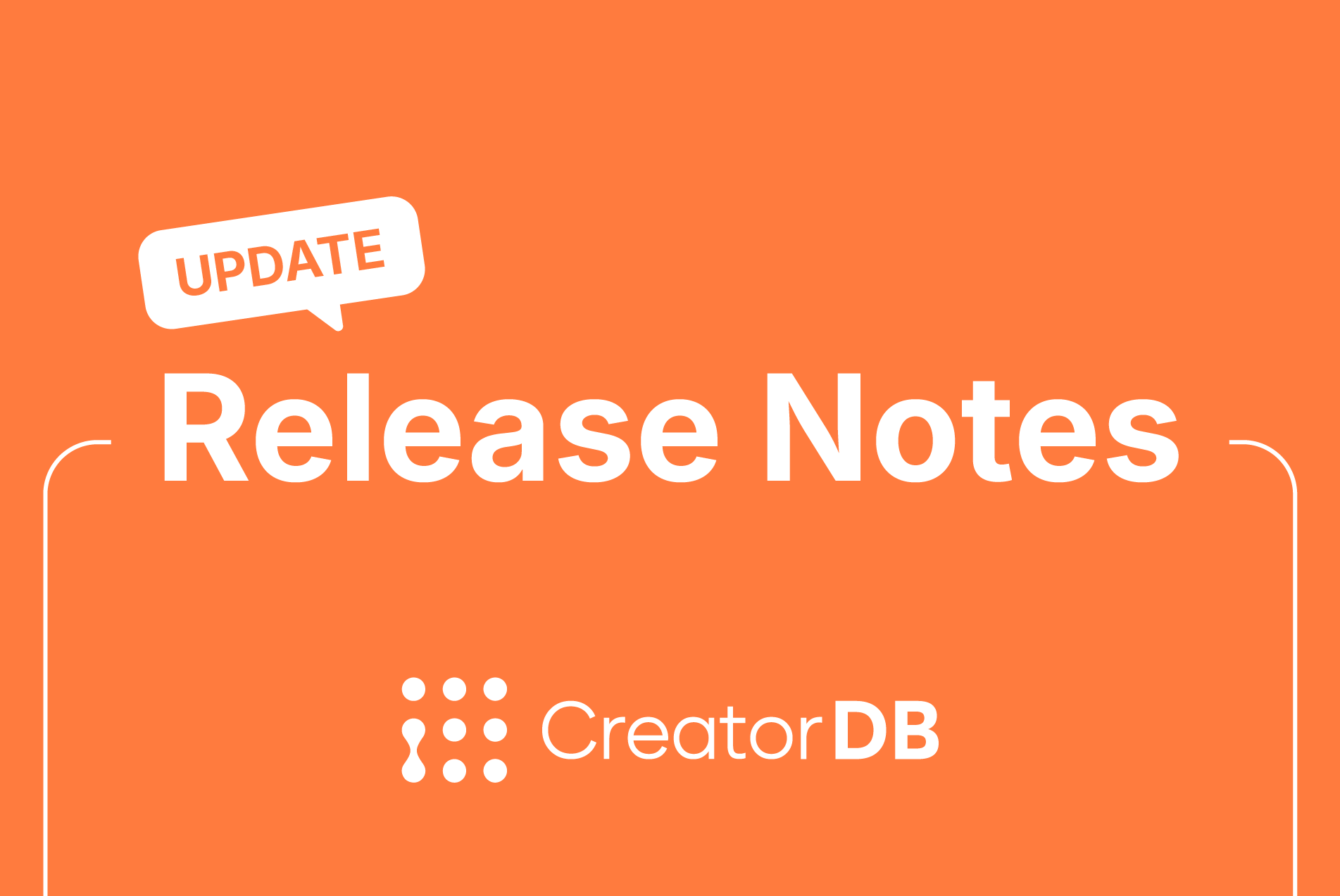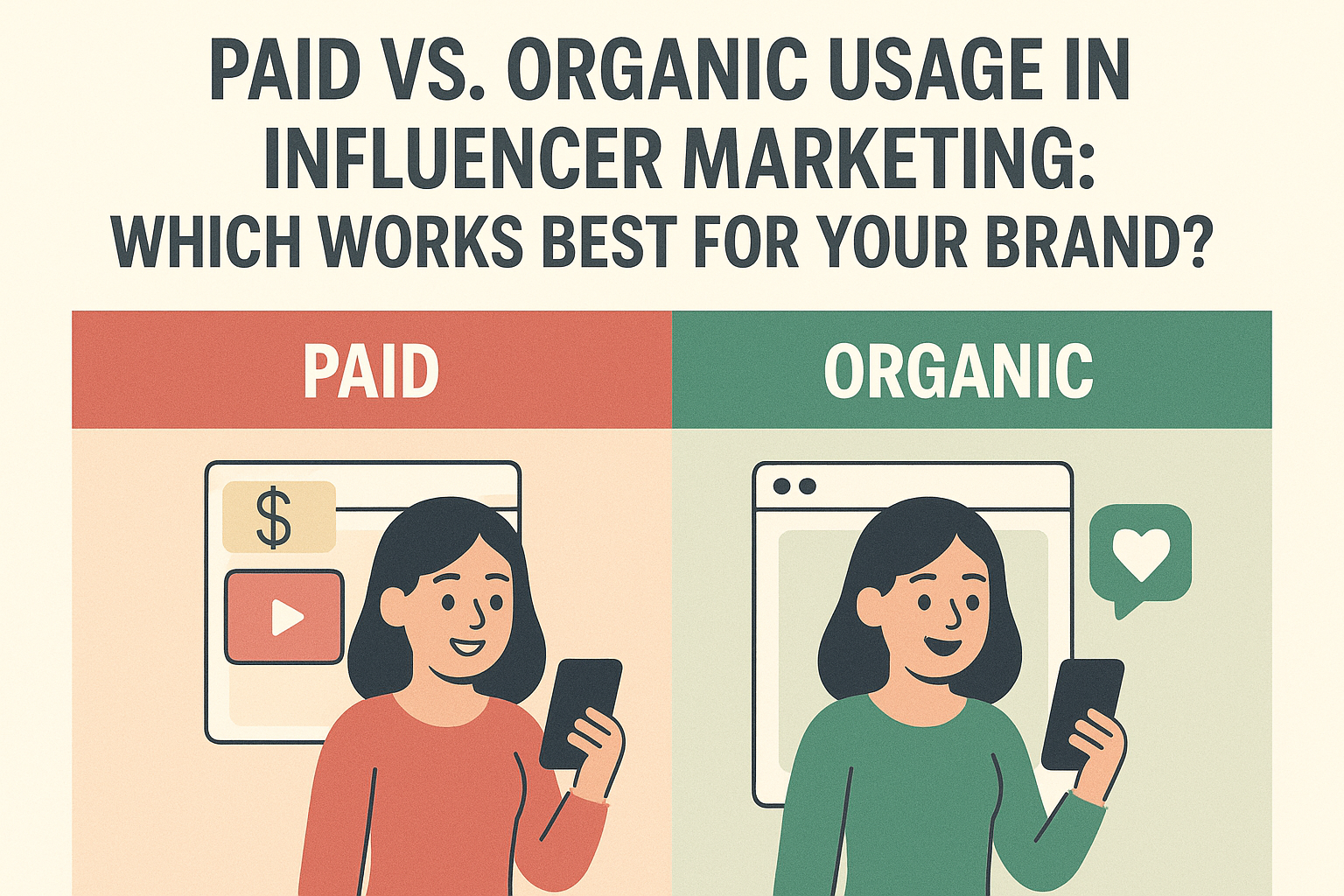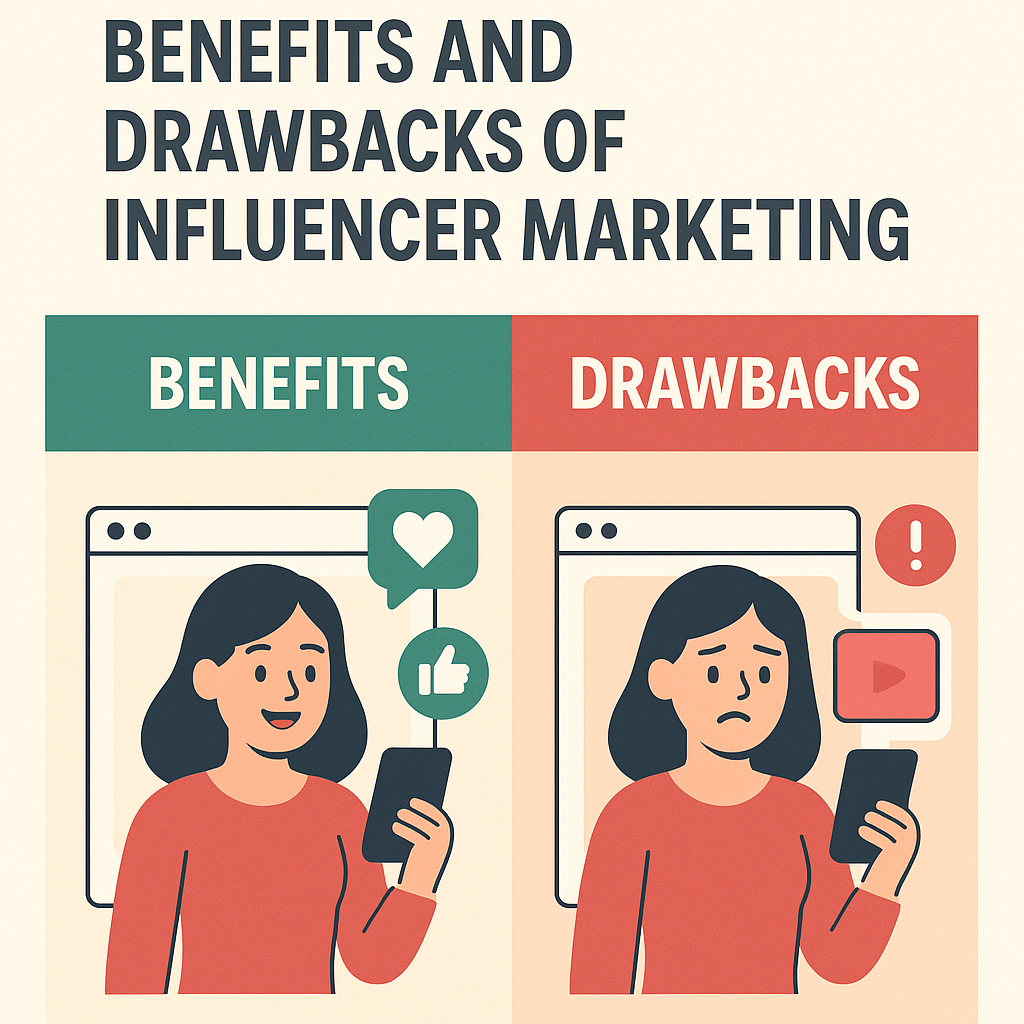What is an influencer contract or influencer agreement? An influencer contract is a legally binding agreement between a brand and a social media creator that outlines the terms, expectations, and deliverables for a marketing collaboration. These formal documents have become increasingly essential in the influencer marketing landscape, which has evolved from casual DM arrangements into a sophisticated $21.1 billion industry as of 2024.
While influencer marketing began with informal collaborations and handshake agreements, the industry’s professionalization has highlighted the need for comprehensive contracts. According to recent industry surveys, over 65% of brands now use formal agreements for influencer partnerships, up from just 40% in 2020.
In this article, we’ll explore why influencer contracts are crucial for successful campaigns, when they’re necessary (and when not), the key components every influencer agreement should include, and how to create effective contracts that protect your brand while maintaining positive influencer relationships.
Why Influencer Contracts Are Essential
The casual origins of influencer marketing have created a culture where many collaborations still happen through direct messages and verbal agreements. However, this informality creates significant risks for both brands and creators:
Protection Against Miscommunication
Without clear documentation, brands and influencers often have different interpretations of campaign expectations. A formal influencer agreement contract eliminates ambiguity by clearly stating deliverables, deadlines, and quality expectations.
Legal Safeguards
Contracts provide legal recourse for both parties if obligations aren’t met. Whether it’s an influencer failing to deliver content or a brand failing to provide payment, contracts establish enforceable responsibilities.
FTC Compliance Documentation
Regulatory bodies like the Federal Trade Commission (FTC) require proper disclosure of sponsored content. Contracts can specify disclosure requirements, helping brands and influencers comply with advertising laws.
Content Ownership Clarity
Without contracts, disputes frequently arise around who owns the created content and how it can be repurposed. Influencer contracts define intellectual property rights, usage permissions, and licensing terms.
Relationship Management
Well-crafted contracts do not complicate relationships. Instead, they strengthen partnerships by setting clear expectations upfront and preventing disagreements that could damage professional relationships.
When You Need an Influencer Contract vs. When You Don’t
Not all influencer interactions require formal agreements. Understanding when contracts are necessary helps streamline your influencer marketing process:
When Contracts Are Essential:
- Paid Collaborations: Any time money changes hands, a contract is necessary to document compensation terms.
- Sponsored Content: When an influencer creates content featuring your product in exchange for compensation (monetary or product-based).
- Brand Ambassador Programs: Long-term partnerships require detailed agreements outlining ongoing obligations.
- Content Usage Rights: If you plan to repurpose influencer-created content across your marketing channels.
- Specific Performance Metrics: When campaigns have defined KPIs that affect payment or continued collaboration.
When Contracts May Be Optional:
- Product Seeding: Simple gifting of products without the influencer’s obligation to post.
- Affiliate Programs: Though contracts are recommended, some affiliate relationships operate under the platform’s terms of service.
- One-time, low-value exchanges: Very small collaborations may function with simplified agreements.
Influencer Contract vs. Influencer Brief
Many marketers confuse briefs with contracts, but they serve different purposes:
- Influencer Brief: A creative document outlining campaign messaging, aesthetic guidelines, hashtags, and content recommendations. Briefs are instructional but not legally binding.
- Influencer Contract: A legally enforceable document specifying obligations, deliverables, payment terms, and legal protections for both parties.
The most effective collaborations typically use briefs for creative direction and contracts for legal protection.
Key Components of an Effective Influencer Contract
A comprehensive social media influencer contract should include these essential elements:
1. Parties and Purpose
The contract should identify both parties (brand and influencer) with their legal names and addresses. It should define the campaign’s purpose, including platforms, content types, and duration.
2. Deliverables and Timeline
This section details exactly what the influencer must create, including:
- Number and type of posts (feed posts, stories, reels, videos)
- Content specifications (length, format, resolution)
- Platform requirements
- Posting schedule, deadlines, and campaign duration
- Caption requirements or hashtags
- Tagging specifications
3. Content Ownership and Usage Rights
One of the most critical sections that determines who owns the created content and how it can be used:
- Limited licensing with specific usage rights
- Time limitations on content usage
- Attribution requirements
- Restrictions on content modification
4. Approval Process
The contract should outline how content will be reviewed and approved:
- Content submission timeline
- Review period length
- Number of permitted revisions
- Final approval requirements
- Process for content that doesn’t meet guidelines
5. Compensation and Payment Terms
Clearly define how and when the influencer will be paid:
- Fixed fee amount
- Payment schedule (upfront, completion, milestone-based)
- Product compensation details
- Performance-based bonuses
- Payment methods and currency
- Invoice requirements
6. Exclusivity and Non-Compete Provisions
Protect your brand by specifying:
- Prohibited competitor collaborations during the campaign period
- Duration of post-campaign exclusivity
- Categories of products/services included in restrictions
7. Confidentiality Requirements
Protect sensitive information by detailing:
- What information is considered confidential
- Duration of confidentiality obligations
- Permitted disclosures
- Social media announcement timing
8. Compliance and Disclosures
Ensure legal compliance by requiring:
- Proper sponsorship disclosures (#ad, #sponsored, etc.)
- Adherence to platform guidelines
- Truthful claims about products
- Compliance with relevant regulations
9. Termination Conditions
Specify how either party can end the agreement:
- Termination for convenience terms
- Notice periods required
- Breach of contract provisions
- Payment considerations upon early termination
- Force majeure clauses
10. Dispute Resolution
Define how disagreements will be handled:
- Arbitration requirements
- Jurisdiction for legal matters
- Mediation processes
- Governing law
Free Download: Influencer Contract Template / Sample (Editable)
How to Create Your Influencer Contract
Developing effective influencer contracts involves balancing legal protection with practical usability:
Starting with Templates vs. Custom Contracts
For many brands, beginning with an influencer contract template makes sense. Templates provide a foundation that can be customized for specific needs. However, as your influencer program scales or involves higher-value partnerships, customized contracts drafted by legal professionals become increasingly important.
When evaluating influencer contract templates, ensure they:
- Comply with the latest regulations
- Include all essential components
- Can be customized for different campaign types
- Address platform-specific requirements
Considerations by Platform
Different social media platforms have unique considerations:
- Instagram: Specify feed posts, stories, and reels. Also, it is essential to specify the request for a link in the bio, a tag in the caption, or with the post.
- TikTok: Address sound usage rights and duet permissions, possibly turning the collaboration into an ad.
- YouTube: Include integration length, positioning in the video of product mentions, links, and tagging in the description.
- Blogs: Detail word count and SEO requirements.
Adapting Contracts for Different Influencer Tiers
Not all influencer relationships require the same contract complexity:
- Nano/Micro-Influencers: Simpler agreements focusing on basic deliverables
- Mid-Tier Influencers: More detailed contracts with moderate exclusivity
- Celebrity/Macro-Influencers: Comprehensive contracts with extensive legal protections
Key Clauses That Protect Your Brand
Certain provisions deserve special attention:
- Morality Clauses: Protection if an influencer behaves in ways that could damage your brand
- Content Authenticity: Requirements that the content is original and doesn’t infringe on others’ rights
- Indemnification: Protection against third-party claims arising from the influencer’s content
- Performance Standards: Minimum engagement or impression requirements
Conclusion
As influencer marketing continues to mature as a critical channel for brands, proper contracts have become non-negotiable tools for successful collaborations. While they may seem formal in an industry built on authenticity and relationships, influencer contracts ultimately benefit both parties by establishing clear expectations, protecting legal interests, and providing a foundation for successful partnerships.
The best influencer contracts balance comprehensive protection with practical usability. They cover all necessary legal bases while remaining clear and straightforward enough that both parties fully understand their obligations.
By implementing proper influencer agreement contracts, brands can focus on building creative, effective campaigns rather than resolving misunderstandings or disputes. Whether you’re working with one influencer or managing dozens of partnerships, strong contracts form the foundation of a sustainable influencer marketing program.

Find Your
Perfect Influencer
Match Instantly






